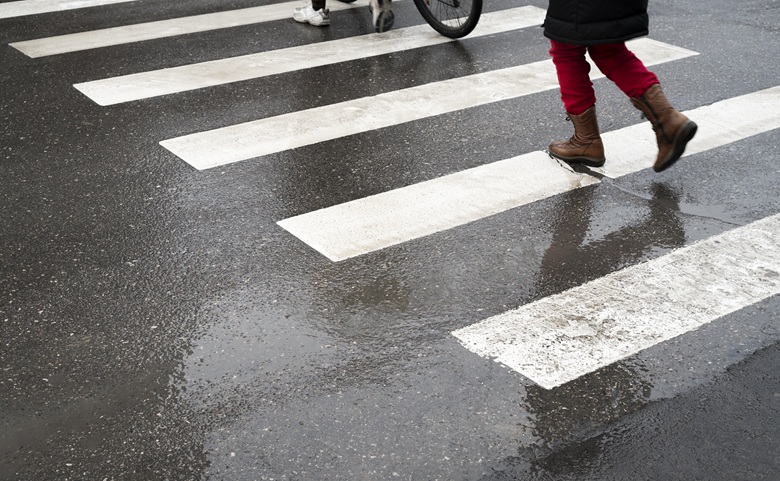
Thousands of pedestrians are hit and injured every single year by motor accidents. The injuries are grave and life altering, offend in nature. Pedestrians are a million times vulnerable as they have no protection whatsoever as against an airbag or seatbelts while inside a vehicle.
The typical pedestrian injuries after an accident are very important to understand in order to help victims ask for compensation and in the cases handled by lawyers.
If you or your loved one has been injured as a pedestrian, you must consult with experienced pedestrian accident attorneys to get a better understanding of the steps you can take next.
The Mechanics of Pedestrian Accidents
Nature and severity of injuries will depend upon bicycle speed near the impact point, something variable with the pedestrian’s age and health, and whether they are being thrown or dragged. Thus the higher the speed, the more lethal the impact.
Often, the impact of the initial strike of a vehicle against a pedestrian becomes an impact on the lower limbs, including injuries to the legs and knees. Then the pedestrian can be thrown onto the hood or windshield or even over the vehicle, causing bodily injuries and head trauma. Then going down on the ground causes other injuries.
Common Injury Categories
The spectrum of injuries that a pedestrian may very well have to suffer extends from simple abrasions to fatal traumas. In case you are a victim of such pedestrian accident injuries-minor or principal-some pedestrian accident lawyers will be able to help you out with the legal struggles to get you compensated for your loss. Some common injuries pedestrians receive in an accident are:
1. Head and Brain Injuries
Head injuries enter the category of among the most severe and debilitating. It may range from a concussion to a full-blown traumatic brain injury (TBI). Although considered to be minor, any concussion may result in a long-term effect of headaches, dizziness, and impaired cognition. TBIs may bring about permanent defects in brain function, issues with memory, speech, motor skills, and personality. Fracture of the skull has also been very common, usually when the pedestrian hits the vehicle or the ground with his head. These injuries demand immediate treatment and usually entail a long period of rehabilitation.
2. Fractures and Broken Bones
Fractures and broken bones could be more or less a certainty from the direct impact of a vehicle. Common sites for fractures include the legs (tibia, fibula), ankles, pelvis, arms, wrists, and ribs. The force from the vehicle can render a simple one into a complex one-called comminuted fracture-which requires multiple surgeries and a long time recovering. Pelvic fractures are hard to bear with and may lead to some mobility issues for the rest of one’s life. Other serious concerns include injuries to the spinal cord, which may result in paralysis or other serious neurological impairments.
3. Soft Tissue Injuries
Beyond bones, the impact can cause significant damage to soft tissues, including muscles, ligaments, and tendons. Sprains, strains, and tears are common, particularly in the knees, ankles, and shoulders. While often less visible than fractures, these injuries can be incredibly painful and limit mobility for weeks or even months. Internal organ damage, such as contusions, lacerations, or even ruptures of the spleen, liver, or kidneys, can also occur, posing life-threatening risks.
4. Abrasions, Lacerations, and Contusions
Scrapes, bruises, or cuts are deemed less severe than internal injuries or fractures; however, in a pedestrian accident, they virtually always occur. The injuries can range from superficial skin abrasions to deep cuts that require stitches. Road rash is quite painful if the victim is dragged across the asphalt, carrying with it the risk of infection.
The typical injuries incurred by a pedestrian in an accident as laid out in the preceding lines have long-term ramifications for the victim’s life. Beyond the immediate bodily pain and medical bills, victims usually have to face extended days or months of physical therapy or rehabilitation. They lose wages while being incapable of working; they face severe emotional trauma. Moreover, they face financial difficulties and psychological impacts that further retard their recovery. This sheds light on the need for victims to be represented by counsel to make sure they are duly compensated for their pain and losses.
